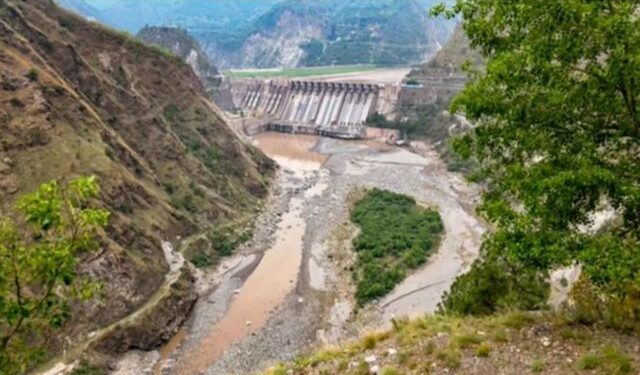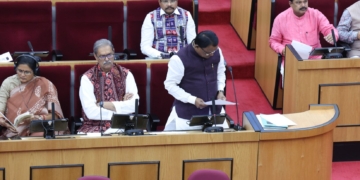Following the suspension of the Indus Waters Treaty (IWT), the Indian government is planning to expand the Ranbir Canal on the Chenab River to optimise water resources.
The decision, spurred by the recent Pahalgam terror attack, marks a shift in India’s approach to water usage that was previously regulated under the treaty.
Authorities are also initiating feasibility studies to enhance hydropower generation on rivers that were earlier allocated to Pakistan. Currently, India’s hydropower capacity on these waterways is approximately 3,000 megawatts, but officials see significant potential for expansion.
A senior official stated that extending the Ranbir Canal’s length to 120 kilometres is a key aspect of the plan. Additionally, desilting efforts have commenced on several other canals, including those in Kathua, Ravi, and Paragwal, to ensure maximum efficiency.
The Indus Waters Treaty, brokered by the World Bank in 1960, has historically governed water distribution between India and Pakistan. However, the treaty’s suspension, in response to Pakistan’s alleged support for cross-border terrorism, signals a strategic policy shift.
Officials emphasise that the infrastructure overhaul requires expedited execution, given the country’s rising energy demands and the need for sustainable water usage.





























